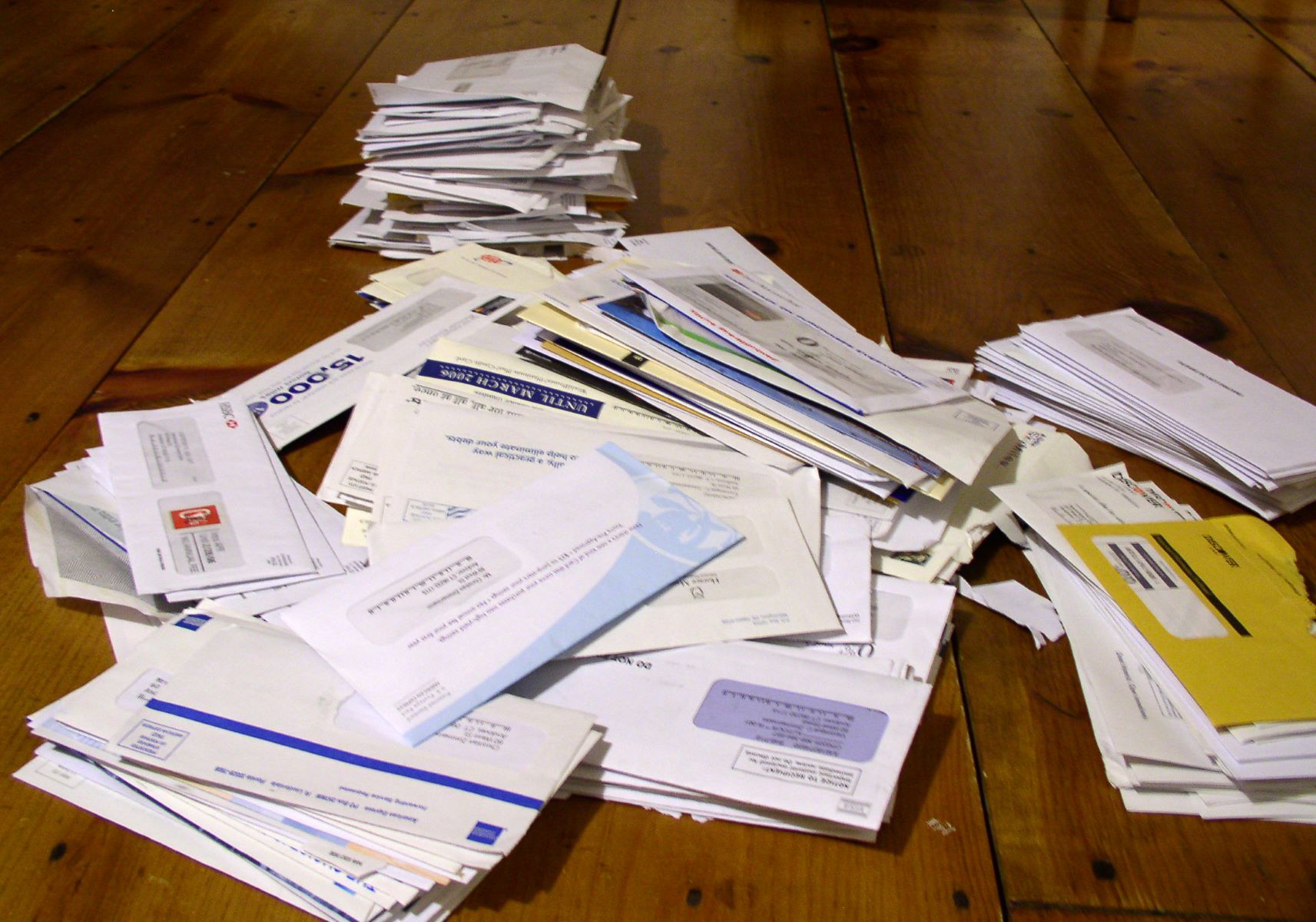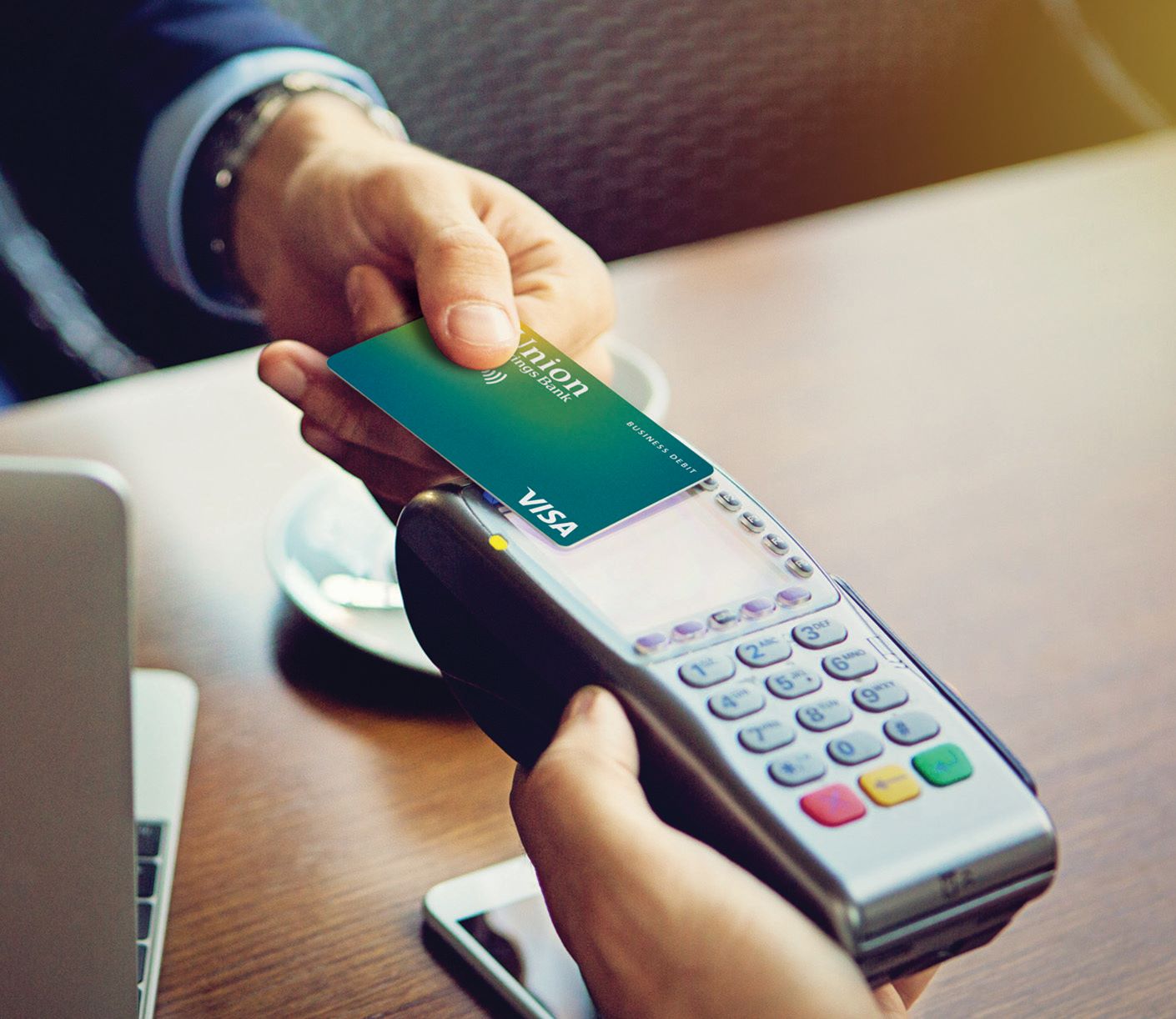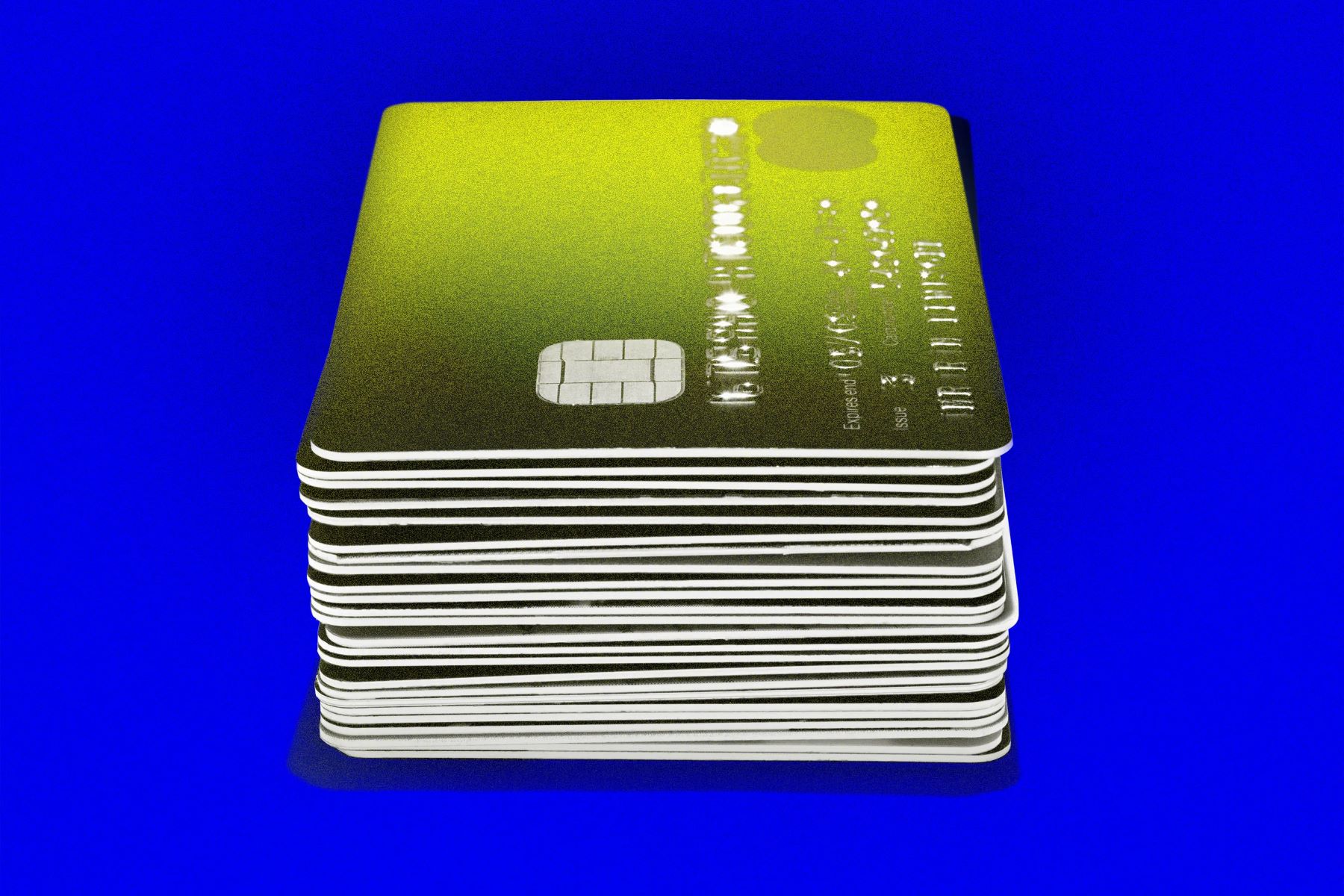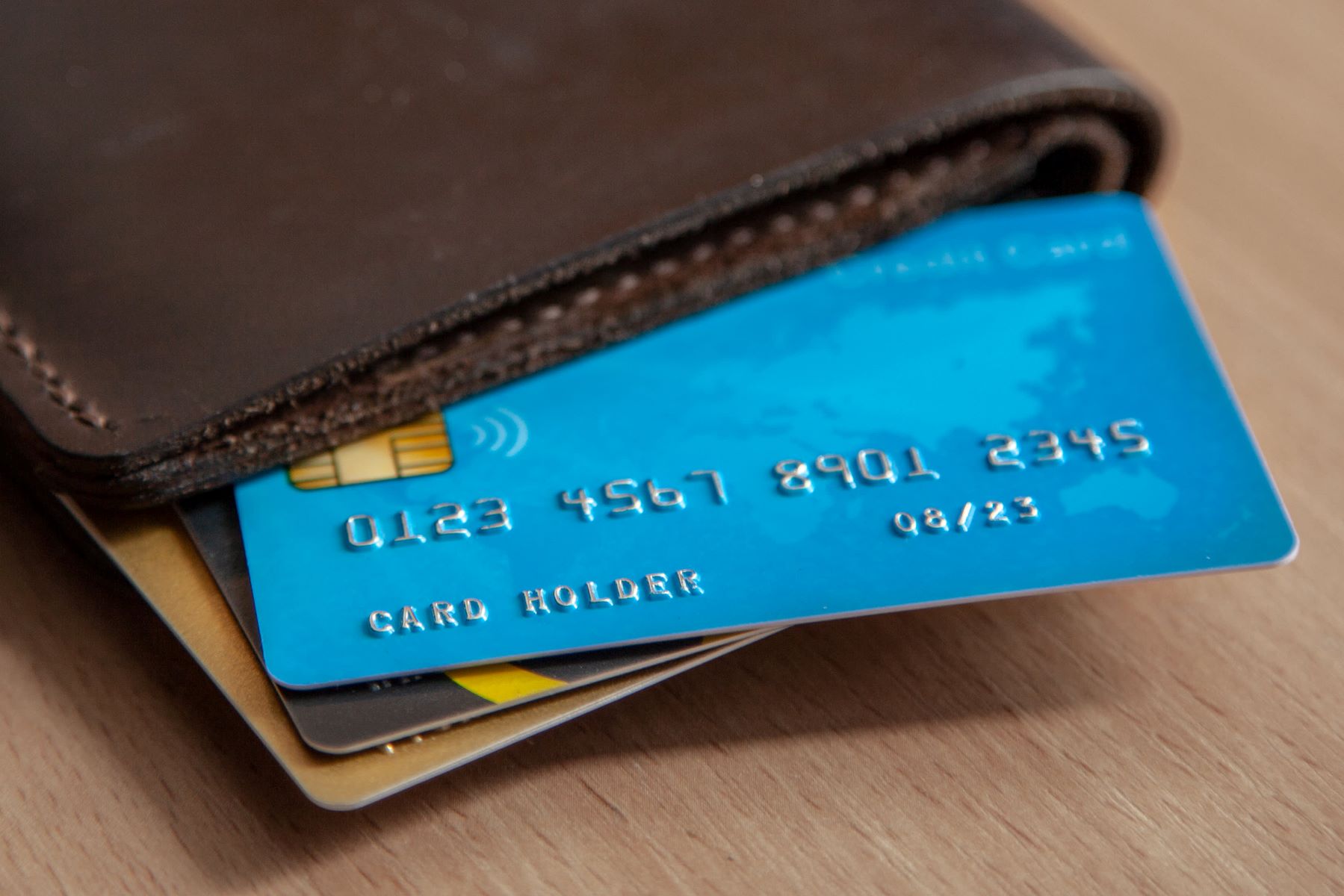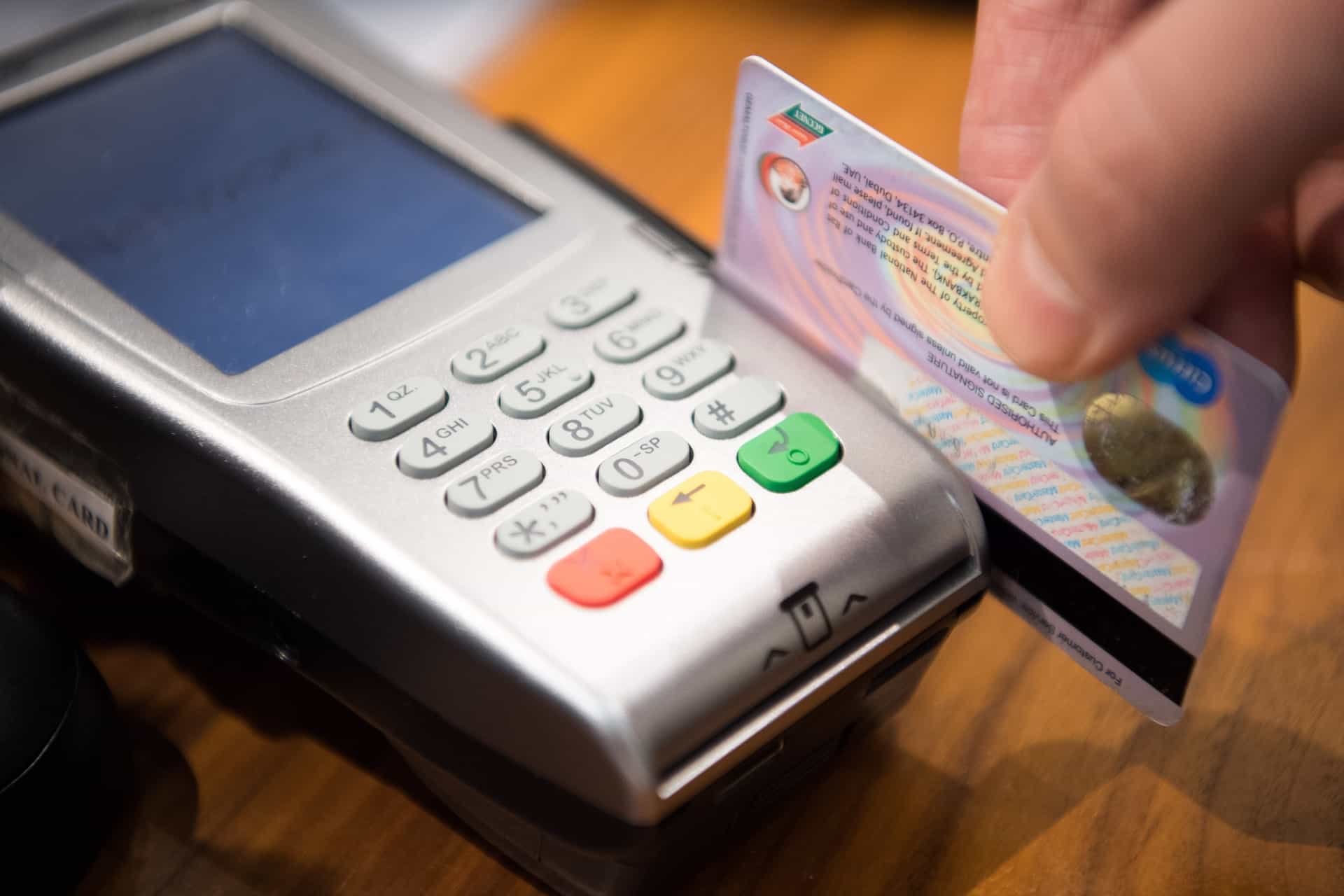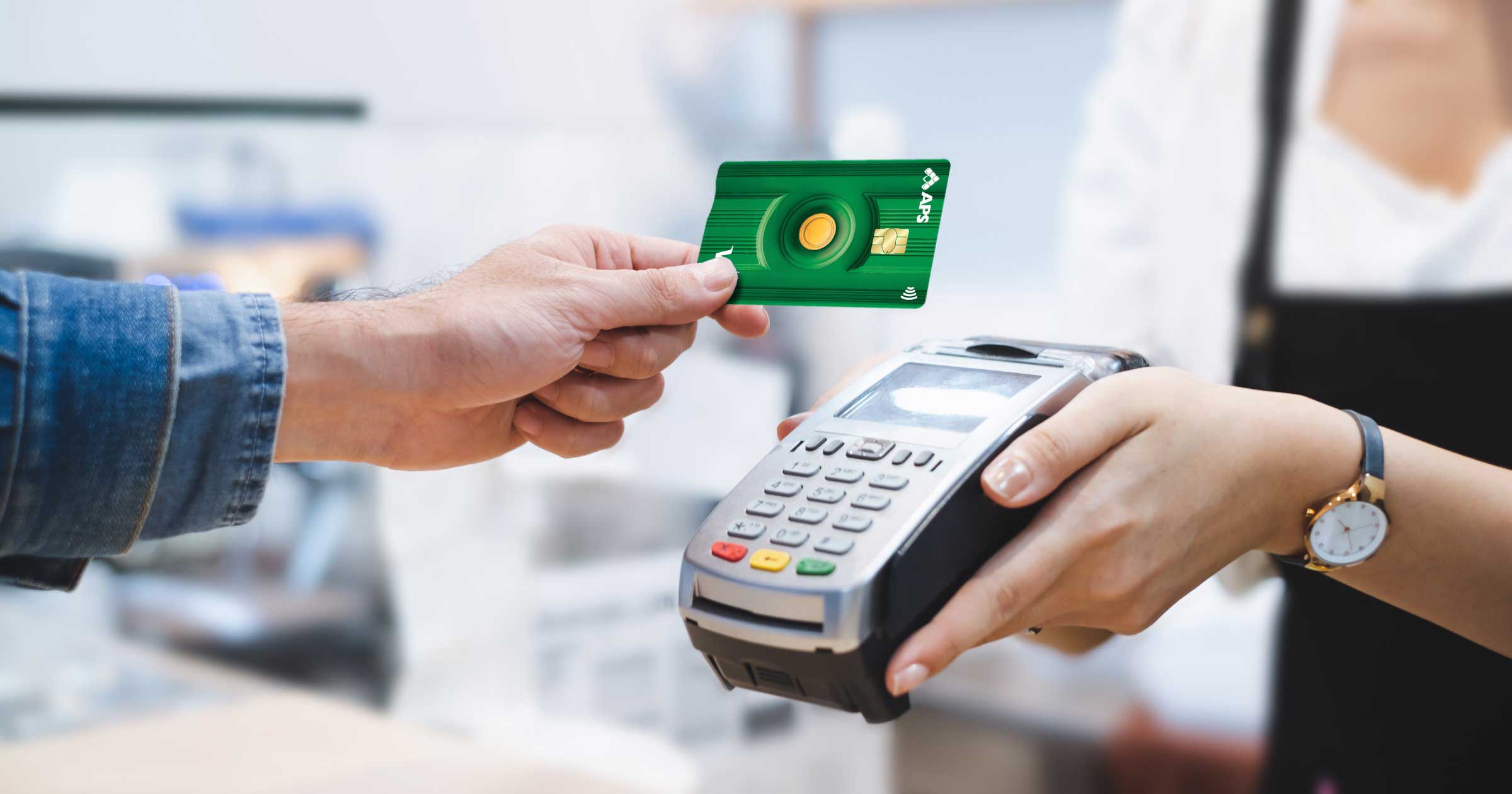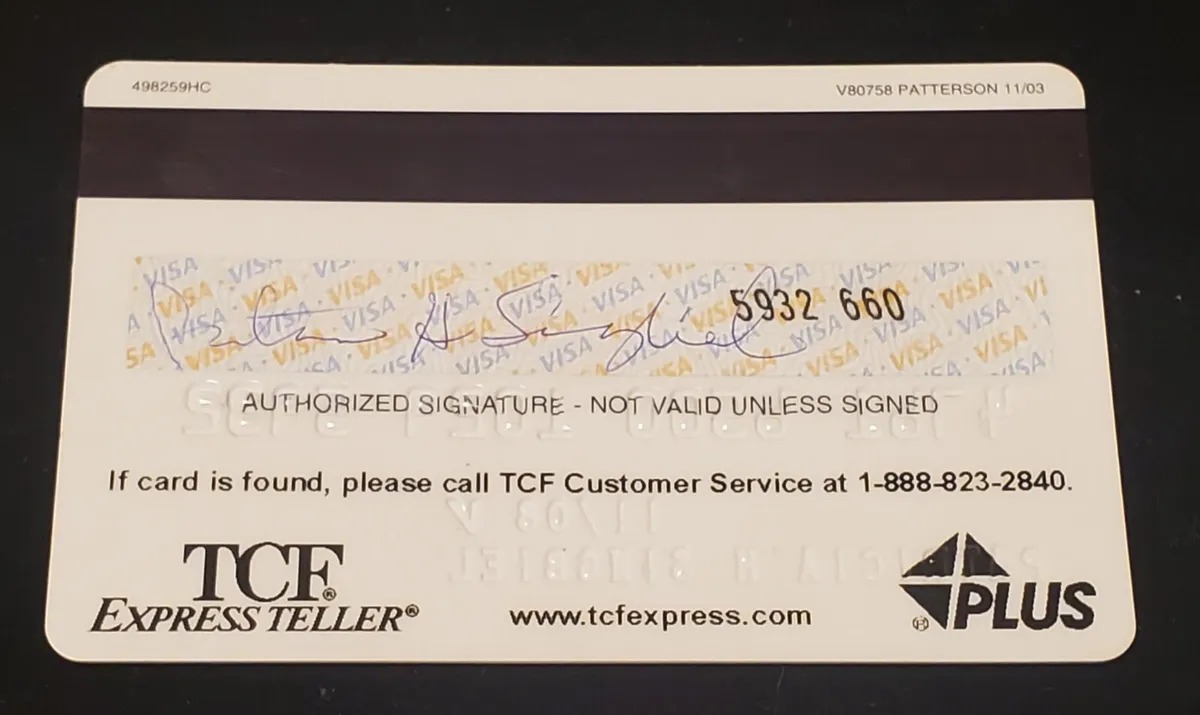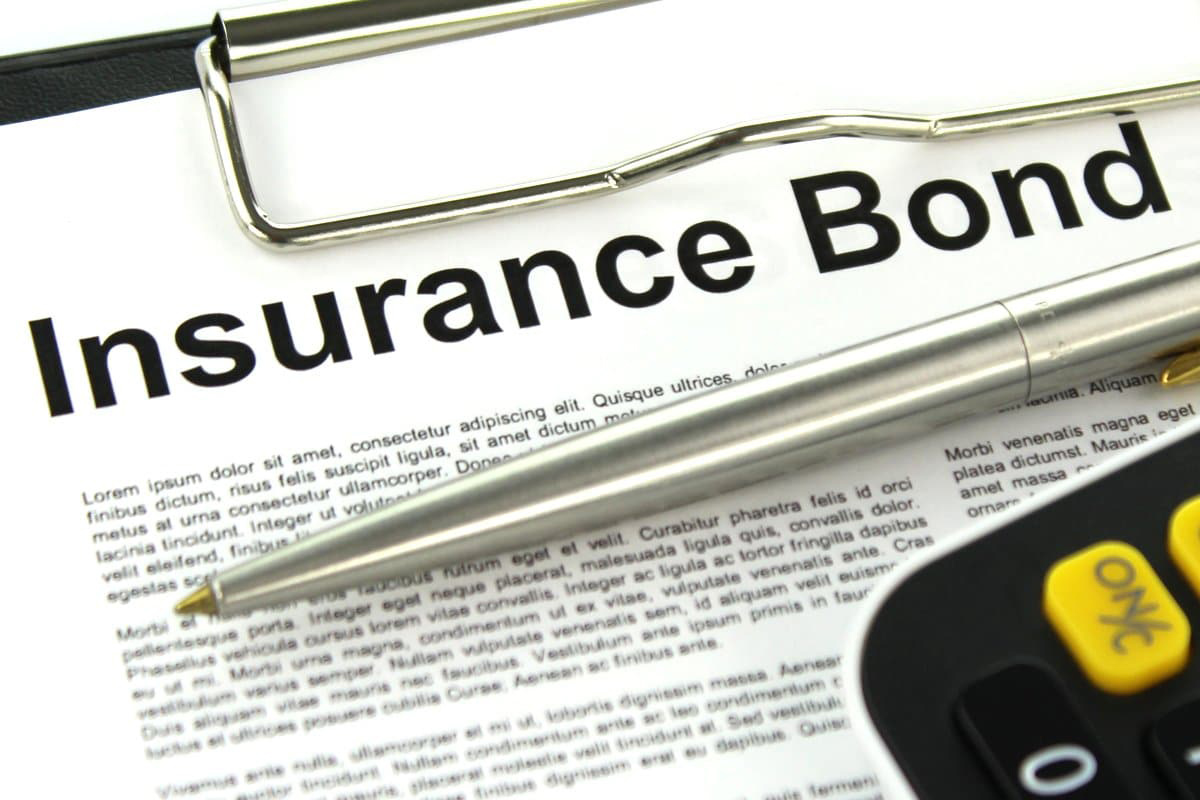

Finance
How To Unlock A Credit Card
Published: November 11, 2023
Learn how to unlock a credit card and take control of your finances with these simple steps.
(Many of the links in this article redirect to a specific reviewed product. Your purchase of these products through affiliate links helps to generate commission for LiveWell, at no extra cost. Learn more)
Table of Contents
Introduction
A credit card is a useful financial tool that allows individuals to make purchases and access credit. However, there may be situations where you need to temporarily restrict the use of your credit card. This can happen if you misplace your card, suspect fraudulent activity, or simply want to control your spending. In such cases, credit card issuers provide the option to “lock” your credit card, which blocks any transactions until you choose to unlock it.
In this article, we will delve into the process of unlocking a credit card and explore the reasons why you might need to do so. We will also discuss the necessary steps you should take and the precautions to consider to ensure a smooth and secure unlocking experience.
Unlocking a credit card might sound like a complex procedure, but it is actually quite straightforward. By understanding the process and following the right steps, you can regain access to your credit line and resume using your card for purchases and other financial transactions.
So, why would you want to unlock a credit card in the first place? Let’s explore some situations where the ability to unlock a credit card comes in handy.
Why Would You Want to Unlock a Credit Card?
There are several reasons why you might want to unlock a credit card. Understanding these situations can help you determine whether unlocking your card is the right step for you:
- Lost or misplaced card: If you have misplaced your credit card and later find it, unlocking it allows you to start using it again.
- Suspicion of unauthorized transactions: If you notice any suspicious or unauthorized transactions on your credit card statement, it is wise to lock the card immediately. Once you have resolved the issue and confirmed that the transactions were indeed fraudulent, you can unlock the card and resume regular usage.
- Budgeting and spending control: Some individuals choose to use the lock feature as a way to manage their spending. By temporarily locking their credit card, they can impose a self-imposed spending freeze and prevent impulsive purchases. Unlocking the card only when necessary helps them stick to their budget and financial goals.
- Traveling abroad: If you are traveling to a foreign country, you may want to lock your credit card as a precaution. This can protect you from potential unauthorized charges and minimize the risk of fraud while you are away. Once you return, unlocking the card allows you to resume normal usage.
- Potential card compromise: If you suspect that your credit card information has been compromised, either due to a data breach or sharing your card details with an untrusted individual, it is crucial to lock your card immediately. This prevents any unauthorized transactions from occurring while you resolve the issue.
By understanding the various situations where unlocking a credit card can be useful, you can make an informed decision on when and why to use this feature. Next, let’s explore how credit card locks work and the steps involved in unlocking a credit card.
Understanding Credit Card Locks
Credit card locks, also known as credit card freezes or blocks, are security features provided by credit card issuers. These locks allow cardholders to restrict the use of their credit cards temporarily. When a lock is enabled on a credit card, it prevents any new transactions from being authorized until the card is unlocked.
It is important to note that credit card locks do not cancel or close the credit card account. They simply limit the card’s usability until the lock is lifted. This means that scheduled payments, recurring charges, and any existing balances or debts associated with the card will remain unchanged during the lock.
One of the main benefits of credit card locks is the added security they provide. By locking your credit card when you suspect fraudulent activity or if the card is lost or stolen, you reduce the risk of unauthorized transactions occurring. This can save you from financial losses and the hassle of disputing fraudulent charges.
It’s worth mentioning that each credit card issuer may have slightly different terms and procedures for credit card locks. Some may refer to it as a “freeze” while others use the term “lock.” It’s important to check with your specific credit card issuer to understand the exact terminology and steps involved in unlocking your credit card.
Next, let’s explore the steps you need to follow to unlock a credit card and regain access to your credit line.
Steps to Unlocking a Credit Card
Unlocking a credit card is a relatively simple process that involves a few key steps. Here is a step-by-step guide to help you unlock your credit card:
- Contact the credit card issuer: The first step is to reach out to your credit card issuer. You can usually find the contact information on the back of your credit card or on the issuer’s website. Call the customer service number provided and inform them that you would like to unlock your credit card.
- Provide necessary identification: The credit card issuer will ask for details to verify your identity. This can include personal information such as your full name, date of birth, social security number, or any other identification details associated with your credit card account. Be prepared to provide accurate information to proceed with the unlocking process.
- Confirm the unlock: Once your identity is verified, the credit card issuer will confirm the unlocking process. They may ask you to answer security questions or provide additional information to ensure the security of your account.
- Wait for confirmation: After confirming the unlock, the credit card issuer will typically provide you with a confirmation number or a timeframe within which the unlocking will take effect. Note down this information for future reference.
- Update payment information: If you have any automatic payments or subscriptions linked to your credit card, make sure to update your payment information. This will ensure that your recurring payments continue without any interruptions once the card is unlocked.
It is important to follow these steps precisely to ensure a smooth unlocking process. By providing accurate information and following the instructions provided by the credit card issuer, you can quickly regain access to your credit line and resume using your credit card for purchases and transactions.
Now that you know the steps involved in unlocking a credit card, let’s dive deeper into the process of contacting the credit card issuer and verifying your identity.
Contacting the Credit Card Issuer
When it comes to unlocking your credit card, the first step is to contact the credit card issuer. The issuer’s customer service department is the primary point of contact for unlocking your credit card. Follow these steps to get in touch with them:
- Find the customer service contact information: Look for the customer service number on the back of your credit card. It is usually printed on the reverse side along with other important contact details. If you can’t find it there, visit the issuer’s website for their contact information.
- Call the customer service number: Dial the customer service number and wait for a representative to assist you. Be prepared to wait on hold for a few minutes, especially during peak hours when call volumes are higher.
- Provide your account details: Once connected with a customer service representative, be ready to provide your account details. This includes your full name, credit card number, and any other identifying information associated with your credit card account.
- Inform the representative about the locked status: Clearly state that your credit card is currently locked and you would like to unlock it. The representative will guide you through the necessary steps to verify your identity and initiate the unlocking process.
It is important to remain patient and polite when speaking with the customer service representative. They are there to assist you, and providing accurate information will help expedite the unlocking process.
Remember, each credit card issuer may have different procedures or requirements when it comes to unlocking a credit card. They may ask additional security questions or request specific documentation to verify your identity. Stay prepared and provide the requested information promptly to ensure a smooth unlocking experience.
Now that you know how to contact the credit card issuer, let’s explore the next step in unlocking your credit card: verifying your identity.
Verifying Your Identity
Verifying your identity is a crucial step in unlocking your credit card. The credit card issuer needs to ensure that you are the authorized cardholder before proceeding with the unlocking process. Here’s what you need to know about verifying your identity:
Providing personal information: The customer service representative will ask you a series of security questions to confirm your identity. These questions may relate to personal information associated with your account, such as your full name, address, phone number, date of birth, or Social Security number. Answer the questions accurately to prove that you are the legitimate cardholder.
Validating additional documentation: In some cases, the credit card issuer may request additional documentation to verify your identity. This can include a copy of your ID or driver’s license, a utility bill, or any other document that confirms your address and identity. Make sure to have these documents readily available in case they are required.
Providing account-specific information: The credit card issuer may also ask for account-specific information to further validate your identity. This can include recent transactions, account balances, or details about certain purchases made with the card. Having your recent billing statements or online account information accessible can help provide accurate information during the verification process.
It is important to note that the credit card issuer’s primary concern is to protect your account and prevent unauthorized access. By verifying your identity, they ensure that no one else can falsely claim to be you and gain access to your credit card information.
During the verification process, remember to be patient and cooperative with the customer service representative. They are following strict protocols and guidelines to maintain the security of your account. Once your identity is verified, you can proceed to the next step of confirming the unlocking process.
Now that you understand the importance of identity verification, let’s move on to the next step in unlocking your credit card: confirming the unlocking process.
Confirming the Unlocking Process
Once your identity has been verified, the next step in unlocking your credit card is to confirm the unlocking process with the credit card issuer. Confirming the unlocking process ensures that the necessary steps have been taken to lift the lock on your credit card. Here’s what you need to do:
- Follow the instructions provided: The customer service representative will provide you with specific instructions on how to confirm the unlocking process. This may involve confirming your agreement to lift the lock verbally or through an email or online form.
- Provide any additional information if required: In some cases, the credit card issuer may require you to provide additional information or documents to complete the confirmation process. Follow their instructions and provide the necessary information promptly to ensure a smooth unlocking experience.
- Take note of the confirmation details: Make sure to note down any confirmation numbers or reference numbers provided by the credit card issuer. These details can be useful for future reference or if you need to follow up on the unlocking process.
- Ask about the timeframe for the unlocking: It’s important to ask the customer service representative about the timeframe within which the unlocking will take effect. This will give you an idea of when you can start using your credit card again for purchases and transactions.
Confirming the unlocking process provides you with the assurance that the lock on your credit card has been lifted successfully. It signifies that you can now access your credit line and resume using your credit card for regular transactions.
Remember, it’s always a good idea to double-check the confirmation details and ensure that all necessary steps have been taken. If you have any concerns or questions, don’t hesitate to ask the customer service representative for clarification.
Now that you know how to confirm the unlocking process, it’s crucial to take some precautions after unlocking your credit card. Let’s explore these precautions in the next section.
Precautions to Take After Unlocking a Credit Card
After successfully unlocking your credit card, it is important to take some precautions to ensure the ongoing security of your card and prevent any future issues. Here are some essential precautions to consider:
- Monitor your account: Keep a close eye on your credit card transactions and review your monthly statements. Look for any suspicious activity or unauthorized charges. If you notice anything unusual, report it to your credit card issuer immediately.
- Update your contact information: Make sure your contact information, such as your phone number and email address, is up to date with the credit card issuer. This ensures that you receive important notifications or alerts regarding your account.
- Secure your credit card information: Be vigilant in protecting your credit card information. Avoid sharing your card details with anyone you don’t trust, and be cautious when making online purchases or providing your card information over the phone.
- Set up fraud alerts: Consider setting up fraud alerts with your credit card issuer. These alerts help detect any suspicious activity and notify you immediately, allowing you to take prompt action to protect your account.
- Enable two-factor authentication: Wherever possible, enable two-factor authentication for your credit card account. This adds an extra layer of security by requiring a second form of verification, such as a unique code sent to your mobile device, to access your account.
- Regularly review your credit reports: Obtain and review your credit reports at least once a year to check for any inaccuracies or signs of fraudulent activity. Report any discrepancies to the appropriate credit reporting agencies.
By taking these precautions, you can enhance the security of your credit card and minimize the risk of future issues. Remember, it’s always better to be proactive in protecting your financial information and staying on top of any suspicious activity.
Now that you are aware of the precautions to take, let’s conclude our discussion on unlocking a credit card.
Conclusion
Unlocking a credit card can be a simple and straightforward process that gives you control over your card’s usability. Whether you misplaced your card, suspect fraudulent activity, or want to manage your spending, understanding how to unlock your credit card is essential. By following the necessary steps and contacting your credit card issuer, you can regain access to your credit line and resume using your card for purchases and transactions.
Remember to keep in mind the reasons why you might want to unlock a credit card, such as a lost card, suspicion of unauthorized transactions, budgeting control, traveling abroad, or potential card compromise. Each situation may require a different approach, but the ultimate goal is to protect yourself from financial losses and maintain the security of your credit card account.
During the unlocking process, it is important to ensure regular communication with your credit card issuer and provide the necessary information to verify your identity. Confirming the unlocking process and taking precautions after unlocking, such as monitoring your account, updating your contact information, and securing your credit card information, will help maintain the ongoing security of your card.
Remember, always be proactive in protecting your credit card information, and if you notice any suspicious activity or unauthorized charges, report them immediately to your credit card issuer. By staying vigilant and taking necessary precautions, you can enjoy the benefits of your credit card while keeping your financial information secure.
We hope this guide has provided you with valuable insights into the process of unlocking a credit card and the precautions to take. Now you have the knowledge to navigate the unlocking process with confidence and ensure the ongoing security of your credit card account.
Unlock your credit card wisely and enjoy the convenience and financial flexibility it offers.

